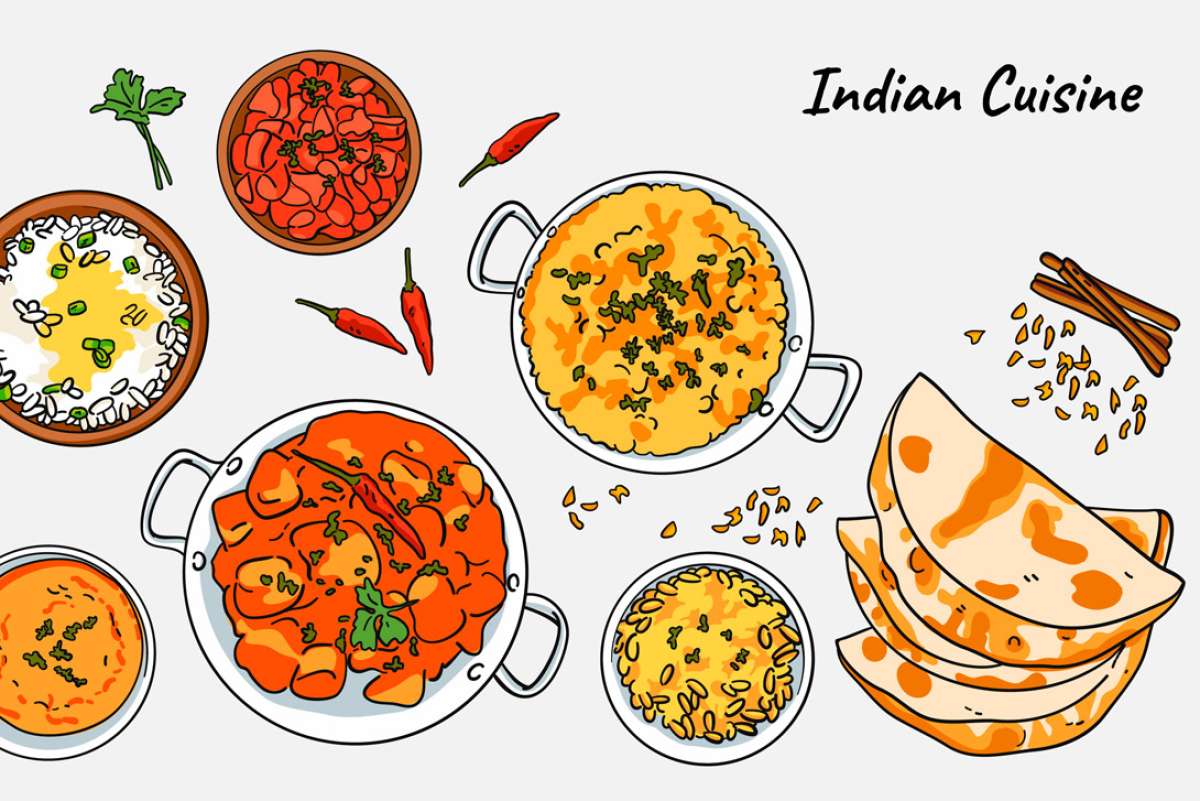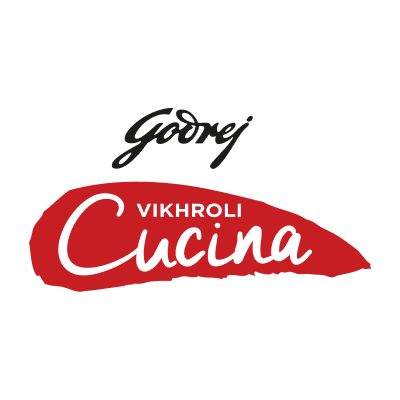
Can ingredients tell a region's story?

India on a plate: Exploring regional cuisines through their signature ingredients
India’s culinary identity is more than the sum of its dishes—it's a heritage built on centuries of geography, climate, culture, and tradition. At the heart of this diversity are ingredients that define each region’s unique palate. From the richness of ghee-laden North Indian fare to the sharp tang of kokum along the Konkan coast, each core ingredient has its own story, a heritage, and a reflection of the land.
Let’s take a journey through India’s regions and discover how their defining ingredients shape not just taste, but also identity.
North India: Ghee – The golden heart of tradition
In North India, ghee is more than a cooking fat, it is revered. Used generously in Punjabi, Rajasthani, and Awadhi cuisines, it lends a rich, nutty flavour and is believed to have medicinal properties in Ayurveda.
Whether it's the unmistakable aroma of ghee-soaked parathas on a Delhi morning or the slow-cooked depth of a Lucknowi biryani, this clarified butter has long symbolised prosperity and nourishment. Its high smoke point also makes it ideal for sautéing and deep frying, a key technique in many North Indian kitchens.
Cultural Insight: In Vedic rituals and festivals, ghee holds ceremonial value and is used in lamps (diyas) and offerings.
South India: Coconut – The tree of life
No ingredient encapsulates South Indian cuisine like the coconut. Used in myriad forms—grated, ground, milk, oil—it is the soul of Kerala’s stews, Karnataka’s chutneys, Tamil Nadu’s curries, and Andhra’s sweets.
Its cooling properties make it ideal for the humid southern climate, while its versatility bridges sweet and savoury with ease. Coconut oil is often the primary cooking medium, imparting a gentle, fragrant depth.
Cultural Insight: In South India, the coconut is considered sacred and is often offered during pujas and life events.
East India: Mustard Oil – Bold and unapologetic
The pungent, peppery punch of mustard oil defines the cuisine of Bengal, Odisha, and parts of Assam. It’s used in pickles, stir-fries, and iconic dishes like shorshe ilish (hilsa in mustard sauce).
Its robust flavour cuts through the richness of meats and enhances vegetables with a distinct sharpness. Traditionally, mustard oil is tempered before use to mellow its intensity while retaining its character.
Cultural Insight: Mustard is a staple crop in the eastern plains, and mustard oil doubles as a cooking fat and Ayurvedic massage oil.
West India: Groundnut – The unsung hero
In Gujarat and Maharashtra, groundnuts (peanuts) are integral to everyday cooking. From sabudana khichdi to dry chutneys, they offer crunch, protein, and depth. Groundnut oil is widely used for frying and sautéing due to its neutral flavour and high smoke point.
Their adaptability also makes them popular in street food, adding texture and energy to snacks like poha and bhel.
Cultural Insight: Peanuts are a rain-fed crop, making them ideal for the dry, arid zones of western India.
Konkan Coast: Kokum – Tart and transformative
Along the Konkan coast, kokum adds a unique tang and a splash of purple to curries, sol kadhi, and fish preparations. A fruit of the Garcinia tree, kokum is prized for its digestive and cooling properties.
Sun-dried and used as a souring agent, it offers a refreshing alternative to tamarind or lemon, especially in Malvani and Goan cuisine.
Cultural Insight: Kokum is a seasonal fruit, and preserving it reflects the coastal communities’ deep connection with local harvest cycles.
Northeast India: Fermented Bamboo Shoots – Earthy and enigmatic
In the hilly, lush Northeast, fermentation is a culinary art. Fermented bamboo shoots—called khorisa in Assam or soibum in Manipur—lend a sour, earthy profile to dishes. Used in stews, pickles, and meat preparations, they reflect the region’s ingenuity in food preservation.
Their probiotic properties aid digestion and immune health, making them as functional as they are flavourful.
Cultural Insight: The fermentation process is passed down generations and varies by tribe, with each method adding to the regional identity.
One nation, many palates
From smoky mustard oil in Bengal to creamy coconut in Kerala, India’s culinary canvas is painted with distinct strokes of regional ingredients. These elements are not interchangeable, they are rooted in local soil, shaped by seasonal rhythms, and steeped in cultural memory.
In an age of global cuisines and fusion food, returning to regional ingredients is not just nostalgic, it’s sustainable, healthful, and deeply personal. By celebrating these signature components, we preserve the soul of Indian cuisine, one plate at a time.
Tags
0 Comment
You may also like
-

Kitchen stories Gothic gastronomy: A Halloween menu of edible illusions
by Vikhroli Cucina
-
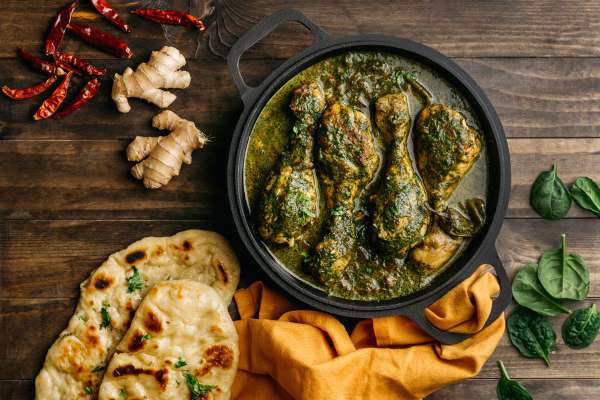
Kitchen stories The weekend chicken curry: Pahari Murg with Godrej Real Good Chicken
by Vikhroli Cucina
-
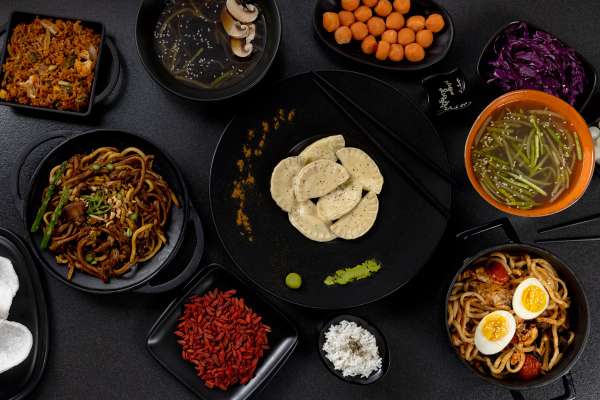
Kitchen stories Bulgogi in your paratha? 4 Korean-Indian fusion dishes you need to try this September
by Vikhroli Cucina
-
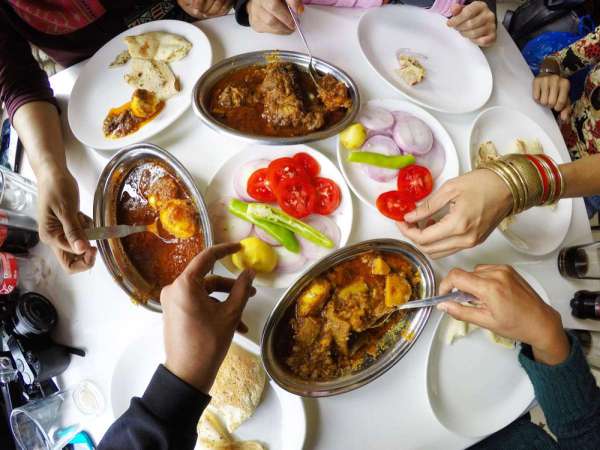
Kitchen stories The Parsi Bhonu: A step-by-step guide to feasting this Parsi New Year
by Vikhroli Cucina

